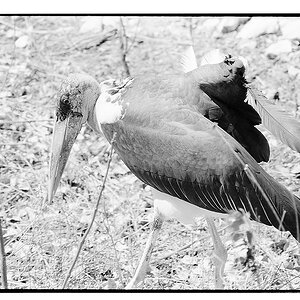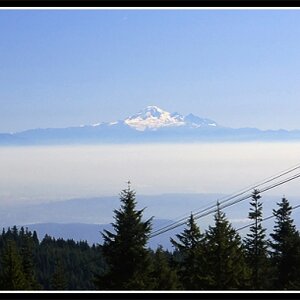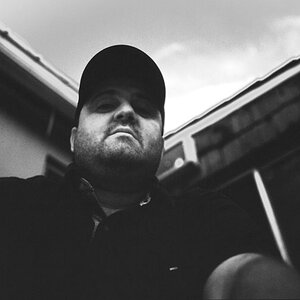Josh66
Been spending a lot of time on here!
- Joined
- Oct 31, 2007
- Messages
- 14,593
- Reaction score
- 1,239
- Location
- Cedar Hill, Texas
- Can others edit my Photos
- Photos NOT OK to edit
I'm assuming that an "increment of exposure" = Exposure Compensation (nothing else would make sense).
If he is dialing in "+1 unit" exposure compensation, and the photo is coming out "+1" overexposed, and vise versa, I'd say the flash is working properly.
TTL does (normally) produce a good exposure, but if you tell it to over expose one stop, that's what it's going to do...

Maybe your TTL is not working correctly.
If he is dialing in "+1 unit" exposure compensation, and the photo is coming out "+1" overexposed, and vise versa, I'd say the flash is working properly.
TTL does (normally) produce a good exposure, but if you tell it to over expose one stop, that's what it's going to do...



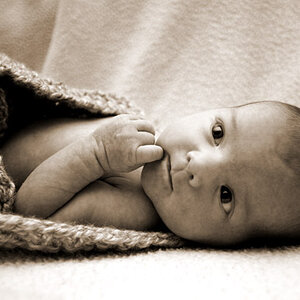

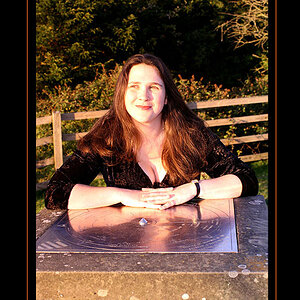

![[No title]](/data/xfmg/thumbnail/37/37602-1ef8dbb1c2d0e4ff347ee65d328c3603.jpg?1619738147)
